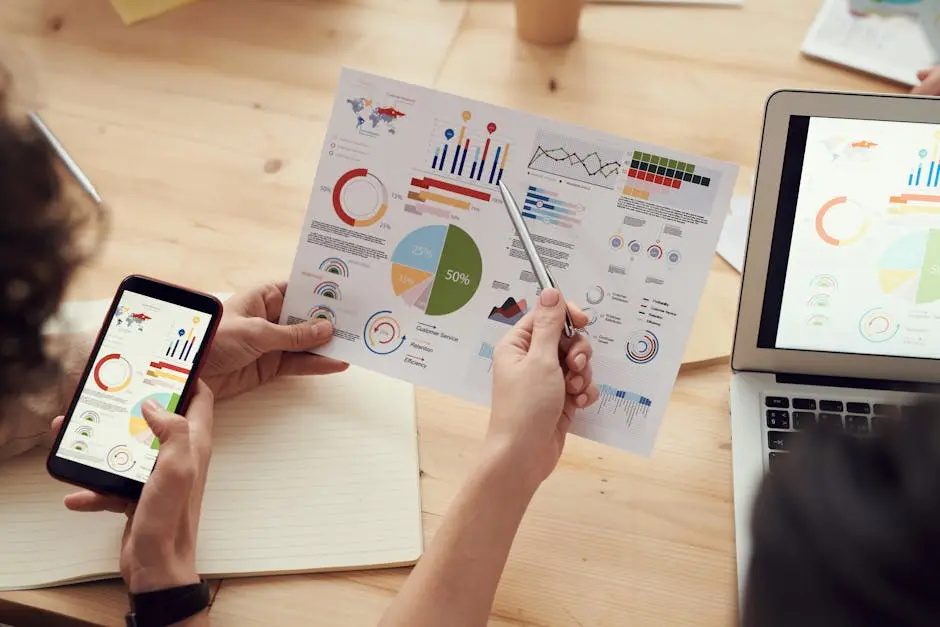In the fast-paced world of app development, effective client collaboration can be the key to ensuring a project’s success. By fostering a collaborative environment, developers and clients can work together seamlessly to produce outstanding results. Let’s explore how you can maximize your success through strategic client collaboration.
Understanding the Importance of Client Collaboration
Client collaboration is essential for aligning the project goals with client expectations. When developers and clients are on the same page, it becomes easier to navigate challenges and work towards common objectives. Collaboration ensures that any potential pitfalls are discussed and managed proactively, reducing the risk of costly changes later. This mutual understanding also builds trust, which is vital for the longevity of the working relationship.
In the field of app development, achieving a successful outcome often requires meticulous attention to the client’s vision. Collaboration provides the framework within which ideas can be shared freely, ensuring the final product truly aligns with what the client desires. Effective collaboration can transform complex technical requirements into understandable objectives, making it easier for clients to remain engaged in the process. This engagement not only boosts satisfaction but also enhances the overall quality of the project.
Establishing Clear Communication Channels
Open and honest communication is crucial for any collaboration. Establishing clear channels of communication from the start ensures that both parties are adequately informed and reduces the likelihood of misunderstandings. This can be achieved through regular meetings, updates via email, or using communication platforms designed for project management. Each method supports the clarity of messages exchanged, which is fundamental to avoiding misinterpretations that can derail progress.
One of the best practices in app development communication is setting a regular agenda for meetings. This structured approach not only saves time but also keeps discussions focused and productive. Additionally, incorporating modern communication tools can facilitate seamless interaction between teams, regardless of their geographical location. Such tools often incorporate features like instant messaging and video conferencing, which can greatly enhance the immediacy and impact of communications. Ultimately, when communication is consistent and clear, it sets a firm foundation for a successful project.
Setting Realistic Expectations and Timelines
Setting realistic expectations and timelines helps prevent frustration during the development process. It’s important for developers to provide accurate estimates and for clients to understand the nature of development work. When both parties agree on achievable goals, it reduces the pressure of unrealistic demands and fosters a more cooperative working environment.
Communication about timeline and scope must be clear from the outset. This includes discussing potential roadblocks and planning for contingencies. Developers should aim to be transparent about what is possible within given timeframes and budget constraints. Using project management tools, such as Gantt charts, can effectively map out the project timeline and deliverables, ensuring all stakeholders are aligned. This transparency empowers clients to make informed decisions about prioritizing features and resources, paving the way for smooth progression.
Incorporating Client Feedback Effectively
Feedback is a vital component of collaboration. Encouraging clients to share their thoughts throughout the development cycle and being receptive to their input can enhance the final product. It’s important for developers to view feedback not as criticism but as an opportunity to refine and improve the app.
Implementing a structured feedback mechanism can significantly benefit the app development process. This could involve scheduled review sessions where clients can see prototypes or iterations and provide their insights. Such sessions need to be candid and productive, focusing on actionable changes that align with project goals. Additionally, using collaborative platforms where clients can easily annotate and comment on app elements can facilitate a quicker response cycle. By valuing and effectively incorporating client feedback, developers can ensure that the final product is not only functional but also meets user expectations and business objectives.
Leveraging Collaborative Tools and Technologies
Modern collaborative tools and technologies can streamline communication and project management. Utilizing these tools can improve productivity and ensure everyone stays on track. Platforms that support file sharing, version control, and real-time collaboration are particularly beneficial in app development, where precision and time management are critical.
Adopting the right set of tools can significantly enhance collaborative efforts in app development. Tools like Slack, Trello, or Jira offer various functionalities that cater to different aspects of project management. Slack, for instance, allows for instant communication, while Trello and Jira provide project tracking capabilities. These tools help maintain project transparency, facilitate better coordination, and ensure all team members remain informed. Moreover, integrating tools for design and development, such as Figma for UI/UX and GitHub for code management, allows teams to collaborate seamlessly, thus driving innovation and improving overall efficiency.
Embracing Collaboration for Success
Effective client collaboration is at the heart of successful app development. By maintaining open communication, setting clear expectations, and embracing feedback, both developers and clients can work towards a shared vision. Remember, collaboration is not just a task but a pathway to innovation and success. Visit our homepage to learn more about how we can assist you in your app development journey.

